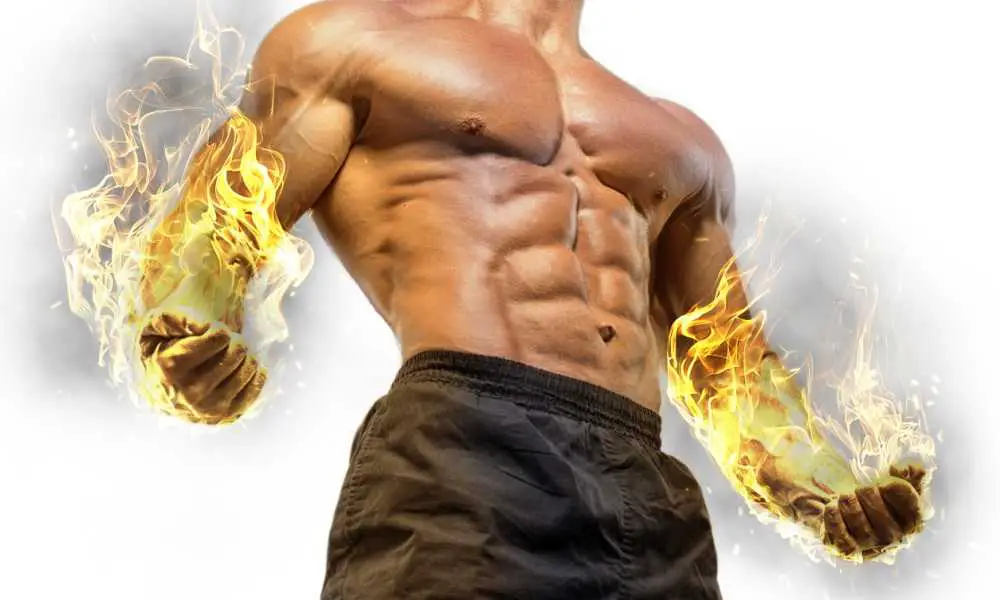Massive Muscle Growth and How It Is Achieved
Everyone knows that change takes time, especially when it comes to changes in your appearance. Patience itself is an overrated word used in the weight room concerning muscle growth.
If you are spending your time trying desperately to gain muscle, but you don't see an increase in size, it’s clear that your approach is off.
However, if you see progress, there’s no reason you can’t get that massive muscle growth you’re looking for, and a company like Visual Impact Fitness can help.
What Is Muscle Growth?
Muscle growth in humans is obviously different than it is in other species. In humans, muscle growth happens through an increase in the volume of single muscular fibers—though not all methods of measurement can determine this.
Your single muscle fibers grow in volume because of increases in their diameter and length. The increase in volume relates back to a boost in protein content, which happens in an escalation of muscle protein synthesis (MPS). The development of fiber size involves proportional uses in both myofibrillar and sarcoplasmic hypertrophy.

Single muscular fibers get triggered to grow when the receptors at their cell membranes pick up on mechanical loading. Mechanical loading itself can differ from what the muscle has previously experienced, however; the stimulus detected by it is what determines muscle growth.
What Are the Ways You Can Maximize Muscle Growth?
Reaching for massive muscle growth is nowhere near comfortable. It takes a lot of determination, hard work, and following along with strict guidelines to get to where you want to be. Thankfully, there are a few ways that Visual Impact Fitness suggests that may help you develop your muscles further once you’ve started to see results in your previous approach.
Increase Training Volume
Training volume—the number of reps multiplied by your number of sets—is a critical component of reaching massive hypertrophy. If you are looking to increase size, you might need to go lower in weight than you think.
Training for strength typically requires lifting the maximum weight that you can for one rep. However, if you want to encourage more muscle growth, sports performance professionals recommend performing each lift for three to six sets of 10 to 20 reps.
Focus on Eccentric Phases
There are two phases when lifting weights: concentric (hard) and eccentric (easy) phases. As an example, lowering to a squat is considered an eccentric phase, but returning to a stand is concentric.
It is believed that the eccentric aspects are more successful at encouraging hypertrophy, so it’s best to slow down the eccentric part of each exercise. Alternatively, you may also include eccentric-only practices into your routine.
Decrease Rest Intervals
Set your timer around 30 to 90 seconds to rest between your sets. If you want to reach hypertrophy to build even more muscle, decreased rest periods cause a quick release in the muscle-building hormones. Make sure you bring your muscles to a fatigued state, just don’t destroy them.
Eat More Protein
Exercise training actually breaks your muscles down, so it’s crucial that you incorporate protein into your diet to build them back up. The harder you lift; the more critical protein is to your recovery period.
For optimal muscle and protein growth, you need to have at least one gram of protein for every pound you weigh. It’s easiest to divide the total grams out and separate them into your meals.
Calorie Surplus, Not Deficits
Muscle weighs more than fat, so to ensure you are building the biggest muscles you can, you need to eat more calories than you burn. This strategy can become quite difficult as your progress continues.
The more strength, muscle mass, and weight that you have mean you are going to burn more calories just by doing nothing. It can sometimes be uncomfortable, as you might have to force yourself to eat. It’s suggested you eat calorie-dense food separated throughout the day.

Sleep More
Getting massive muscles isn’t all about your weightlifting regimen and your nutrition; it’s also about sleep and muscle recovery. When you sleep, your body naturally releases growth hormones that help to grow your muscles more, and keep stress under control. Try to aim for a minimum of eight hours each night.
Supplement with Creatine
While creatine doesn’t directly grow your muscles, it does help boost your performance levels to high-intensity lifting. The all-natural compound can promote the growth of your muscles by supplementing it into your diet.
It is believed that creatine can aid you with lifting up to 14 percent more reps than without it. As an added tip, creatine monohydrate is the most researched form of the supplement.
Supplement with HMB
Beta-hydroxy, beta-methylbutyric acid, or HMB for short, is a hormone that the human body produces to help prevent protein in your muscles from breaking down. However, it’s difficult to boost the levels of HMB in your body with nutrition alone, and this is where supplementation comes into play.
Combining HMB with your high-intensity lifting regimen can significantly improve not only the size of your muscles but the strength as well. Additionally, if you find that you have pushed yourself too hard, HMB can prevent possible injuries and other effects of overtraining—including the loss of muscle.
HMB supplements can be taken on their own or with creatine and protein powders that have the compound baked into the mixture.
Conclusion
Following along with the training points outlined above is going to help you gain massive muscles. Implement them into the strategy that you’ve already built for yourself to see more results, or create a new one that circulates around all of the points.
Repetition and dedication is key to getting your muscles to the size that you want them to be. Visual Impact Fitness has some great information on lifting exercises that can enhance your training techniques.


